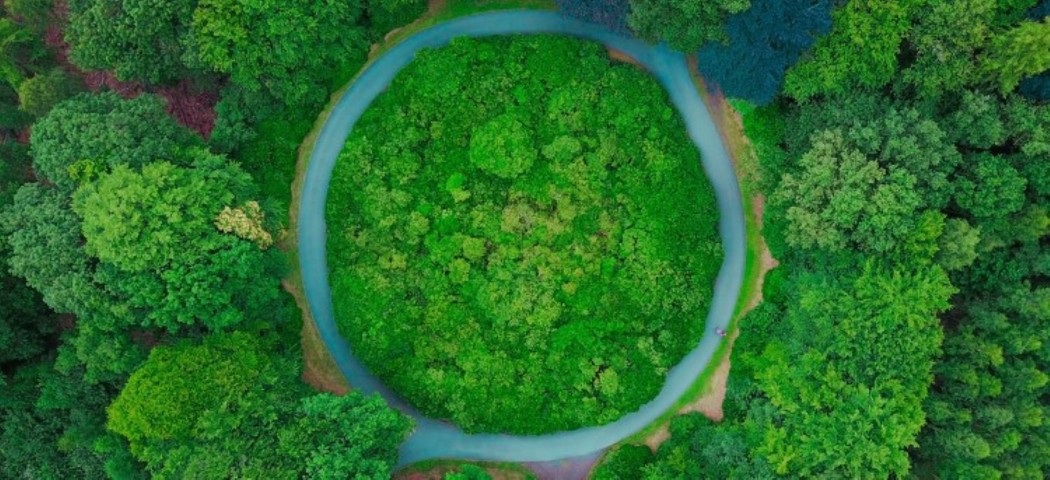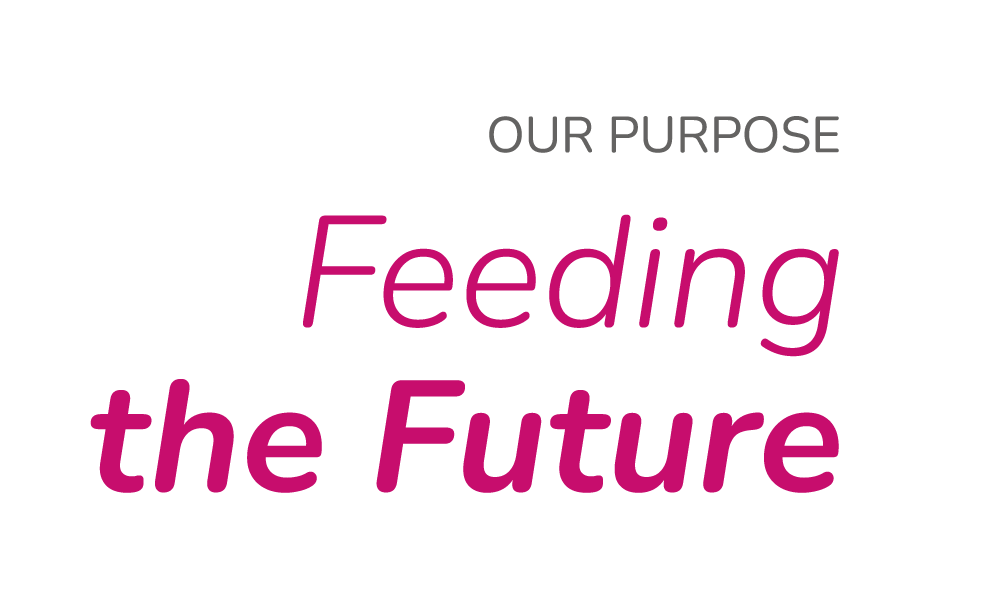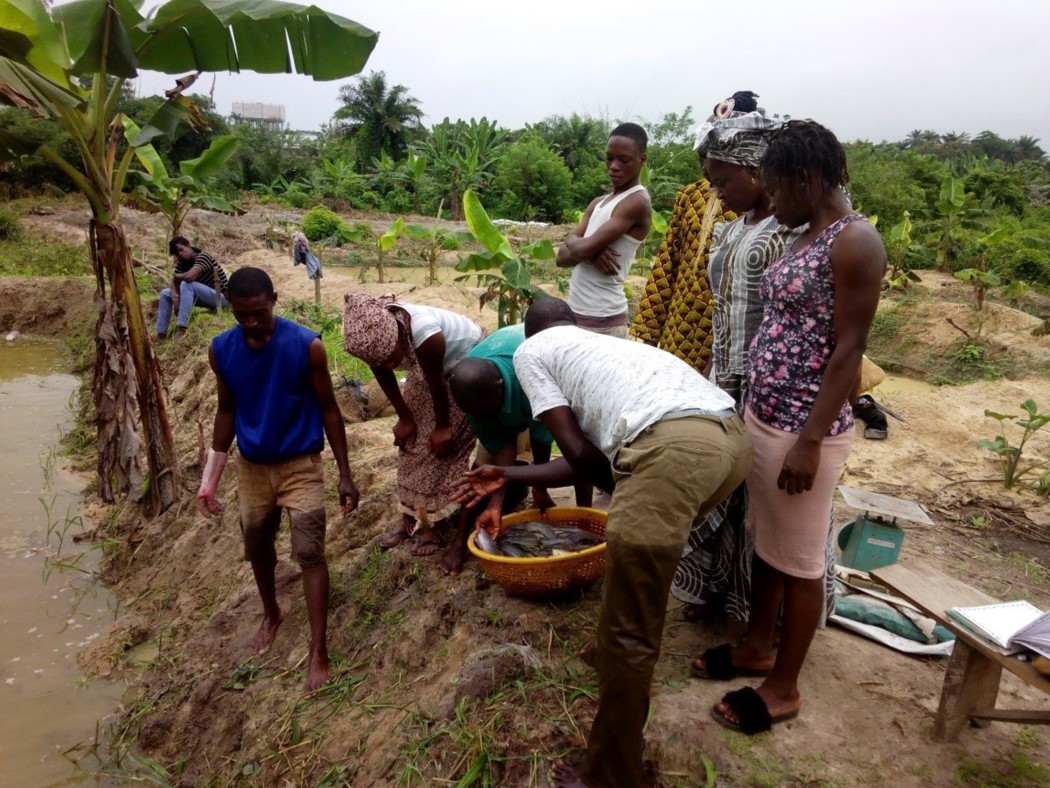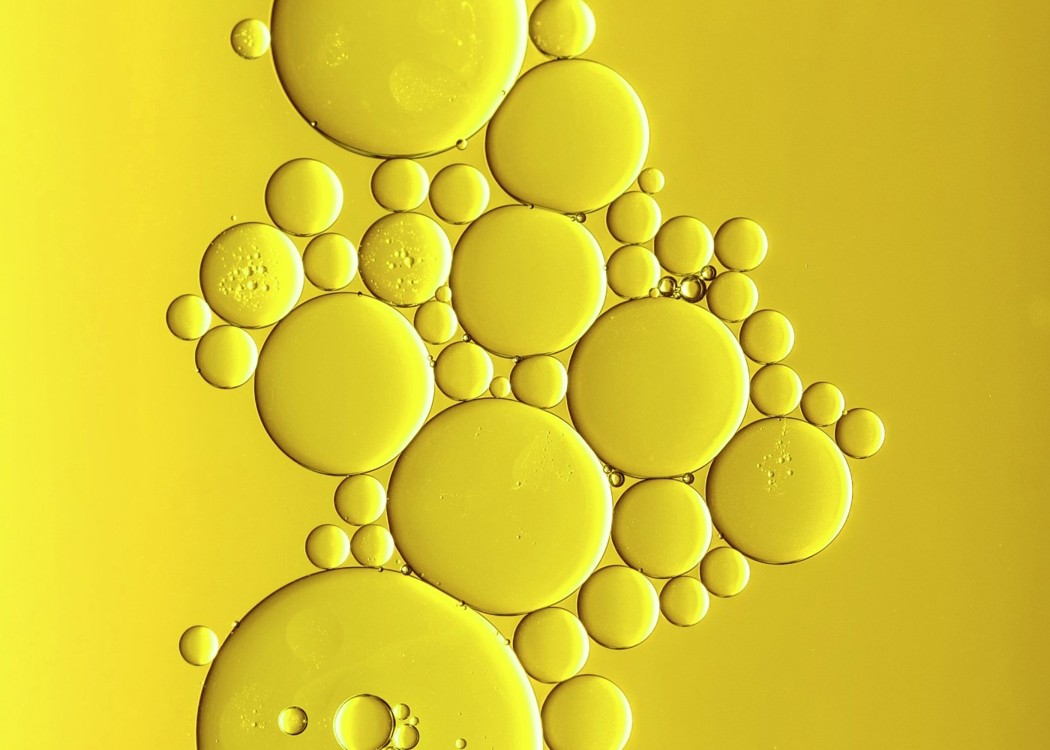How are we contributing to feeding a growing global population?
Skretting delivers safe and sustainable feeds and services worldwide to fish and shrimp farmers to ensure the responsible production of healthy and delicious food. We are focused on reducing our environmental footprint and increasing our positive social impact.
As a global society, we are around 7.5 billion people heading towards 9.5 billion by 2050. Not only does this present the problem of an additional 2 billion mouths to feed, human diets are also increasingly shifting in line with growing prosperity. Consequently, the forecast that current global agriculture production needs to almost double by the midway point of this century makes long-term food and nutrient security one of the most pressing challenges that we face today.

Protein farming for the future
As the world’s most efficient protein generator, aquaculture is one of the most important long-term growth areas for food production. According to the Food and Agriculture Organization of the United Nations (FAO), aquaculture continues to grow faster than any other major food sector and by 2030 is expected to provide over 60% of the fish available for human consumption.
Aquaculture is capable of producing large volumes of high-quality, healthy and traceable seafood. In comparison with terrestrial livestock farming, the industry has low carbon footprint and feed conversion ratio (FCR); it also has high protein and energy retention, and harvested edible yield compared to other centre-plate proteins. This makes it a strong model for how protein should be farmed in the future. However, aquaculture cannot grow without sustainable feed.
Read our latest sustainability report to learn more
Skretting's purpose is 'Feeding the Future', and we are committed to supporting the growth of the aquaculture industry as the world population continues to grow. Skretting delivers safe and sustainable feeds and services worldwide to fish and shrimp farmers to ensure the responsible production of healthy and delicious fish and shrimp. Aquaculture has tremendous potential to grow, and already provides more than 50% of the seafood we eat. Globally, Skretting contributed to producing more than 26 million seafood meals every day in 2023.


Growth in Africa
Over half of global population growth in the coming years is likely to occur in Africa. Skretting is actively supporting the growth of the aquaculture industry in Africa, and is committed to ensuring that safe, high quality and sustainable feeds and seafood are available for the world.
An example of how Skretting is actively contributing is through our Community Development Projects in Nigeria and Zambia. These projects are about empowering small-scale farmers to run productive and profitable farms in a sustainable way, through support and education in the initial phases.
Sustainable ingredients
Our consistent and ever-evolving R&D efforts ensure that we are also minimising our use of finite raw materials, such as fish meal and fish oil. In fact, in 2017, we launched a concept proving that a salmon can be grown from 1kg to harvest using zero fish meal or fish oil.
The MicroBalance concept was launched in 2010 when we were first able to reduce fish meal in our feeds without negatively impacting the health and performance of the fish, and continues to be pivotal in expanding our knowledge in other species.

Frequent questions on sustainability
Why is aquaculture important?
According to WWF, 85% of the world’s marine stocks are either fully exploited or overfished. Our planet’s population is forecast to reach 10 billion people by 2050, and with this growth will come a much greater demand for food, including seafood.
Are circular economy principles applied to aquaculture feeds?
Yes. In aquaculture, the circular economy utilises by-products and waste generated by supply chains in the production of food for human consumption.
Is aquaculture sustainable?
Yes, when done properly. As a global society, we are around 7.5 billion people heading towards 10 billion by 2050. Not only does this present the problem of an additional 2 billion mouths to feed, human diets are also increasingly shifting in line with growing prosperity.
Are our feeds sustainable?
Skretting is committed to make feeds that meet global sustainability requirements in line with the United Nations Sustainable Development goals (SDGs). Sustainable feeds are essential to support the growth of aquaculture as one of the world's most efficient protein production methods.
Is aquaculture controlled?
In most regions, aquaculture is subject to strict controls throughout every stage of production right up to the point of human consumption. Skretting feeds undergo strict quality control processes. As we take food safety very seriously, Skretting has a global, comprehensive feed to food quality programme whereby we monitor for unwanted substances in both raw materials and feeds.
How are we contributing to feeding a growing global population?
Skretting delivers safe and sustainable feeds and services worldwide to fish and shrimp farmers to ensure the responsible production of healthy and delicious food. We are focused on reducing our environmental footprint and increasing our positive social impact.